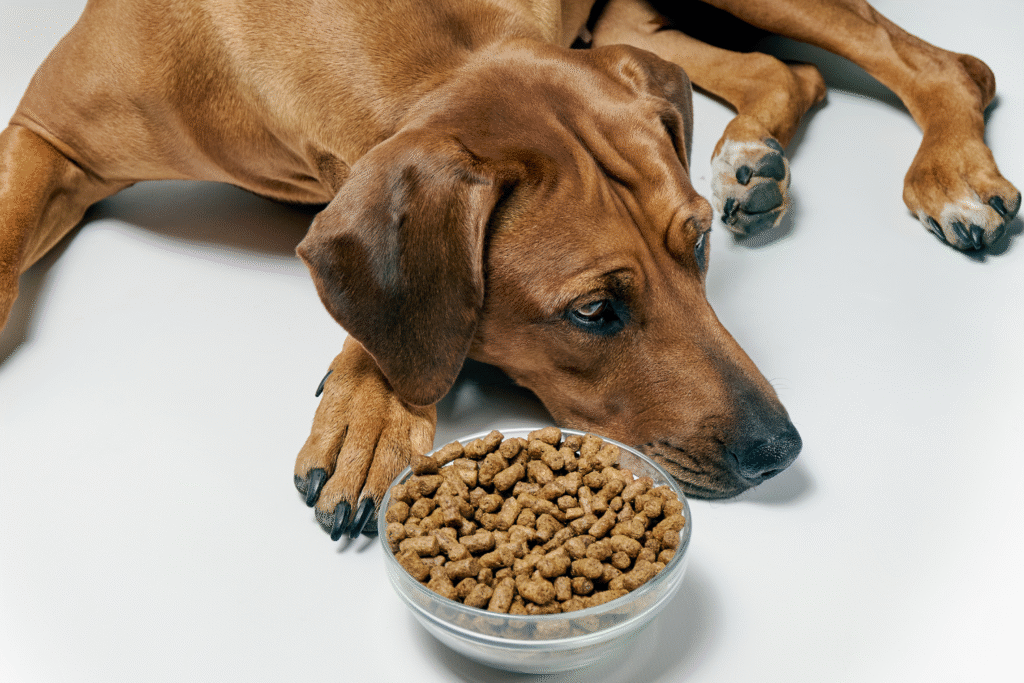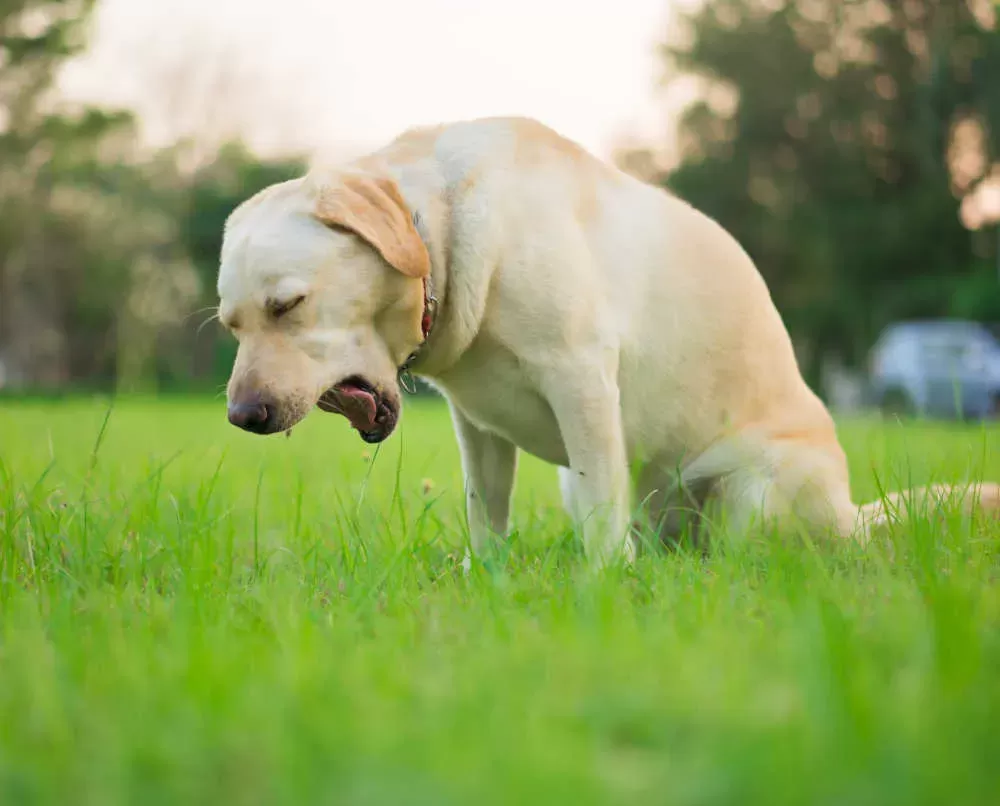Small signs can reveal major hidden health issues.

Most dog owners are used to seeing odd little quirks in their pets, and many of those moments feel completely harmless. A skipped meal here, a slow morning there, nothing that seems urgent. Yet the liver is a quiet workhorse that filters toxins, processes nutrients and keeps countless systems balanced. When it begins to struggle the signals can look subtle, almost ordinary, until they stack up. Understanding these overlooked symptoms can help you catch problems early and give your dog a real chance at recovery. Here are the signs that deserve far more attention than they get.
1. Your dog seems unusually tired without obvious cause.

Fatigue often appears long before dramatic symptoms because a struggling liver cannot maintain healthy metabolism. As stated by the American Veterinary Medical Association, early liver dysfunction commonly causes low energy during normal daily routines. A dog that suddenly naps more or moves slower may be redirecting energy toward detoxification instead of activity. This quiet shift is easy to dismiss, but it is one of the first clues that something internal is demanding resources. When this tiredness blends into everyday life it becomes the start of a chain that deserves watching.
2. Your dog starts losing appetite even though everything seems normal according to veterinary guidance.

Loss of appetite can show up in small ways, such as leaving food behind or waiting longer before eating, as reported by the Merck Veterinary Manual. This happens because liver impairment disrupts digestion and nutrient processing, making food less appealing. The shift may come and go at first which tricks owners into thinking it is a mood or preference issue. Yet this subtle avoidance often appears early in liver stress and becomes a quiet messenger of an organ working harder than it should.
3. Your dog drinks more water than usual and urinates often.

Excessive thirst forms when the liver struggles to regulate fluids and balance internal chemistry as discovered by the Veterinary Centers of America. A dog may empty a water bowl faster, make more frequent trips outside or wake during the night to drink. These routines do not seem alarming on their own, but taken with other small symptoms they frame a clearer picture. Increased hydration is the body’s attempt to dilute toxins that the liver can no longer handle efficiently.
4. Your dog develops mild nausea or occasional vomiting.

These symptoms are easy to attribute to random stomach upset, but the liver plays a major role in detoxification. When toxins accumulate they irritate the digestive system and create waves of nausea. You may see lip licking, reluctance to eat or subtle swallowing movements. These moments often pass quickly but hint at internal struggle. Watching for a repeating pattern reveals this sign as more than a single upset stomach.
5. Your dog’s eyes or gums take on a slight yellow tint.

A faint yellow cast often starts so softly you might only notice it in natural light. This happens when bilirubin builds up, indicating that the liver cannot break down red blood cells efficiently. It is one of the more direct signs of liver involvement and should prompt immediate attention. Even a soft glow around the whites of the eyes matters.
6. Your dog’s abdomen begins to appear slightly rounded or bloated.

A swollen belly can develop when fluid accumulates in the abdomen due to liver dysfunction. At first it looks like simple weight gain or a full stomach. Over time the shape becomes firmer or more pronounced. This fluid buildup, called ascites, reflects deeper internal imbalance. Recognising the difference between bloat and fat changes helps you catch this sign early.
7. Your dog becomes more restless or confused than usual.

Liver trouble can affect brain function because toxins begin circulating rather than being filtered out. Behavioural changes show up as pacing, staring, or seeming disconnected at times. Owners often interpret this as aging or stress, but it can be a neurological reaction to metabolic strain. Those moments of confusion become small windows into your dog’s internal chemistry.
8. Your dog’s stool changes in texture or colour unexpectedly.

Because the liver helps manage digestive enzymes, stool can indicate trouble before other signs appear. Pale, grey or clay tinted stool suggests a disruption in bile flow. Soft or greasy stool can also accompany liver dysfunction. These changes may appear occasionally at first, making them easy to overlook. Yet they provide a visible clue of a deeper blockade within the digestive system.
9. Your dog becomes sensitive to touch around the belly area.

As inflammation builds or the liver enlarges, dogs may guard their abdomen when touched. They may shift away, stiffen or react mildly when you run your hand along their belly. This sensitivity is not always dramatic, but it signals discomfort linked to pressure on the organ or surrounding tissues.
10. Your dog’s coat begins to look dull or thin.

The liver helps metabolise nutrients that maintain coat and skin health. When it falters, fur loses shine and texture changes gradually. The coat may thin in patches or shed more than expected. This outward shift is the body expressing nutritional imbalance that originates deep within the liver’s workload.
11. Your dog develops a subtle sweet or musty breath scent.

Breath changes can appear when toxins circulate freely and alter the chemical composition of saliva. This scent might come and go, making it easy to dismiss. Yet it is one of the more telling clues that filtration is compromised. When paired with other gentle warnings, this breath change becomes a sign worth investigating.
